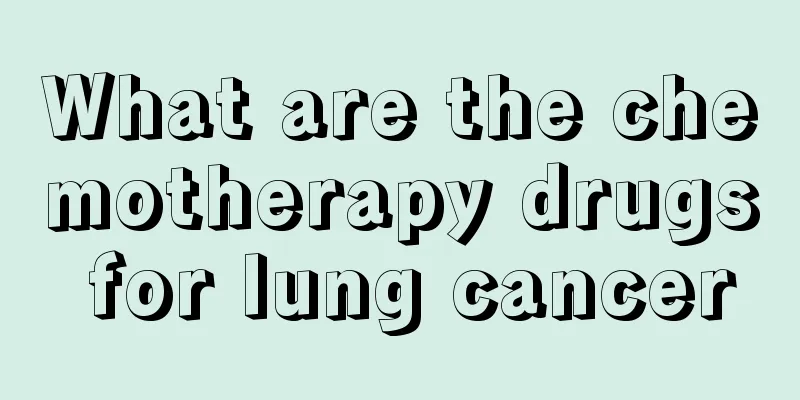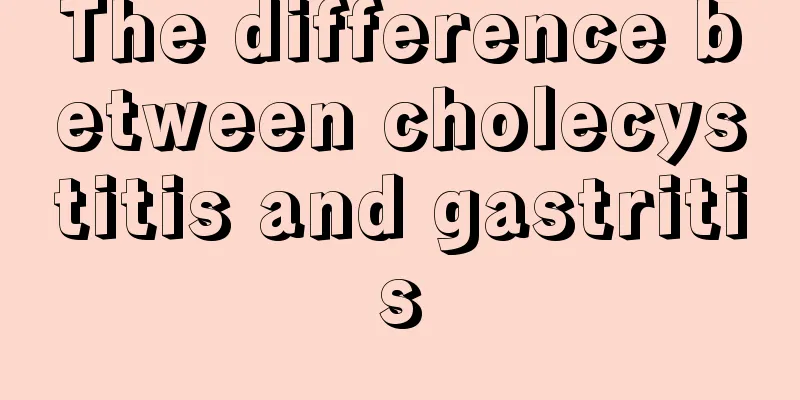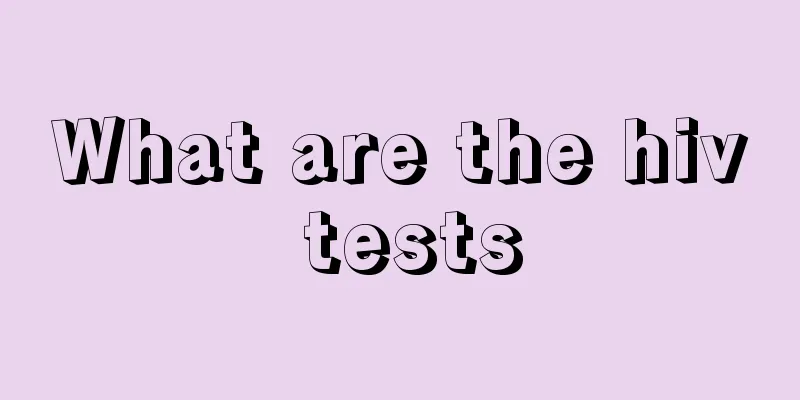What are the chemotherapy drugs for lung cancer

|
What are the chemotherapy drugs for lung cancer? Chemotherapy is one of the three main methods for treating lung cancer. Although chemotherapy has relatively large side effects, its position is very stable. Neoadjuvant chemotherapy before surgery can reduce tumor stage and increase surgical resection rate, and can improve the long-term survival rate of patients with stage III NSCLC. Platinum has always been in a dominant position in chemotherapy, and platinum combined with new chemotherapy drugs is currently the first choice for the treatment of advanced NSCLC. These new chemotherapy drugs include gemcitabine, vinorelbine, paclitaxel, and GP, NP, and PC regimens. According to literature reports, these chemotherapy regimens are more effective than the traditional commonly used regimens CAP and EP, and can be used as first-line chemotherapy regimens for the treatment of advanced non-small cell lung cancer. 1. Gemcitabine is cell cycle specific and is an antimetabolite anticancer drug that mainly acts on the DNA synthesis phase (S phase). Under certain conditions, it can prevent the progression of the G1 phase to the S phase. Its cytotoxic effect in vitro is dose- and time-dependent. 2. The mechanism of vinorelbine is to block the polymerization of tubulin to form microtubules and induce microtubule depolymerization, so that cell growth stops at the metaphase of mitosis. 3. Paclitaxel interferes with the division process of the microtubule system and prevents tumor cell mitosis. For locally advanced or metastatic NSCLC that progresses after first-line platinum-containing chemotherapy and has a suitable behavioral status, docetaxel is recommended as a second-line treatment; 4. Gefitinib combined with chemotherapy cannot improve the efficacy of advanced non-small cell lung cancer. However, experts still recommend gefitinib as a second-line or third-line treatment, and as a single agent for non-small cell lung cancer that has failed platinum-based and paclitaxel chemotherapy. The main side effects of these chemotherapy regimens are bone marrow suppression, hand-foot syndrome, and neurotoxicity. Long courses of treatment can lead to toxic accumulation and cause other treatment-related symptoms and signs. This makes the most appropriate course of chemotherapy for non-small cell lung cancer a very prominent issue at present. There are three main treatments for lung cancer: surgery, radiotherapy, and chemotherapy. As mentioned above, although chemotherapy is very effective, it has great side effects and can cause the patient's physical condition to decline rapidly, resulting in low immunity. Radiotherapy is also a very effective method for treating lung cancer. Currently, the more effective radiotherapy method is CyberKnife. CyberKnife is painless and non-invasive in treating lung cancer, has good effects, and has very few side effects. It can effectively treat lung cancer. |
<<: What medicine is used for small cell lung cancer
>>: Treatment of hip metastasis from lung cancer
Recommend
Symptoms of mushroom poisoning in Yunnan
Fungal food should be very delicious and popular ...
Reasons why girls get breast cancer
The main causes of breast cancer are as follows: ...
How to care after lymphoma surgery
In clinical practice, lymphoma patients should no...
How to eat dried sea cucumbers, several ways to eat sea cucumbers
How to eat dried sea cucumbers? Dried sea cucumbe...
What are the benefits of washing feet with white vinegar
In fact, there are two kinds of vinegar, one is b...
What are the benefits of drinking Moutai
Moutai can be said to be a relatively famous type...
How does Traditional Chinese Medicine understand primary liver cancer
In traditional Chinese medicine, primary liver ca...
What diseases should be differentiated from skin cancer
The symptoms of many diseases are very similar to...
Is it good to wash your hair frequently
Many women take great care of their hair. So in o...
Why do I keep leaking milk when my milk supply is insufficient
After giving birth, mothers may experience insuff...
Side effects of aloe vera injection
Aloe vera is a plant we are very familiar with. M...
Tips on how to clean suede shoes
Autumn and winter are the best seasons to wear su...
What to eat is good for the heart and useful for improving insufficient blood supply
Insufficient blood supply to the heart is very co...
Why does the human body become infected by viruses?
The human body is a complex whole, similar to the...
Benefits of eating dried longan
Our bodies become healthier by eating a variety o...









